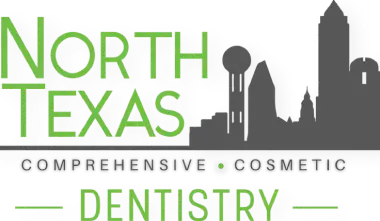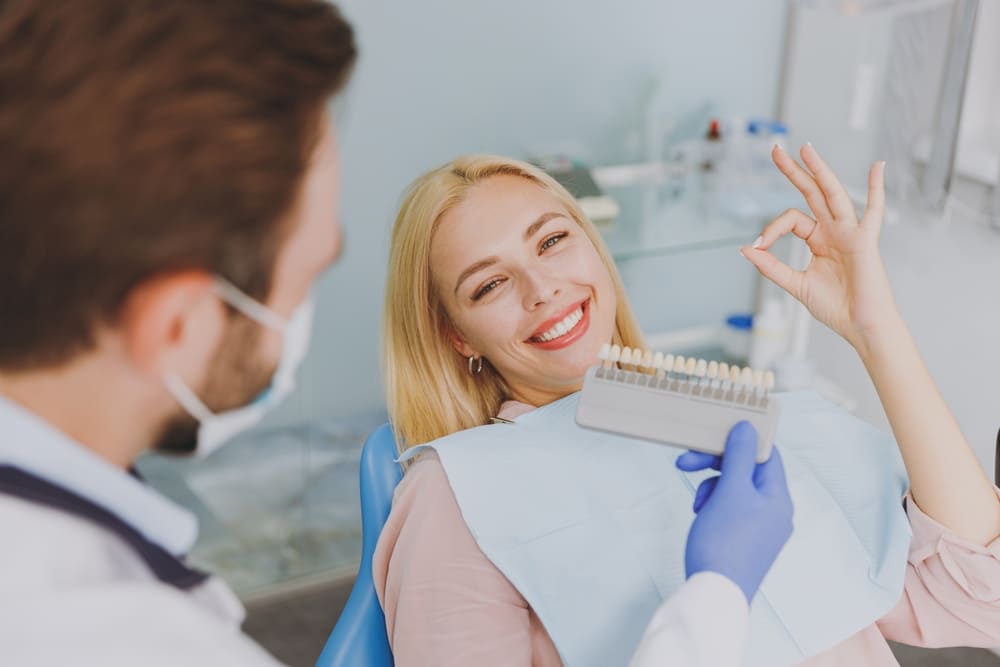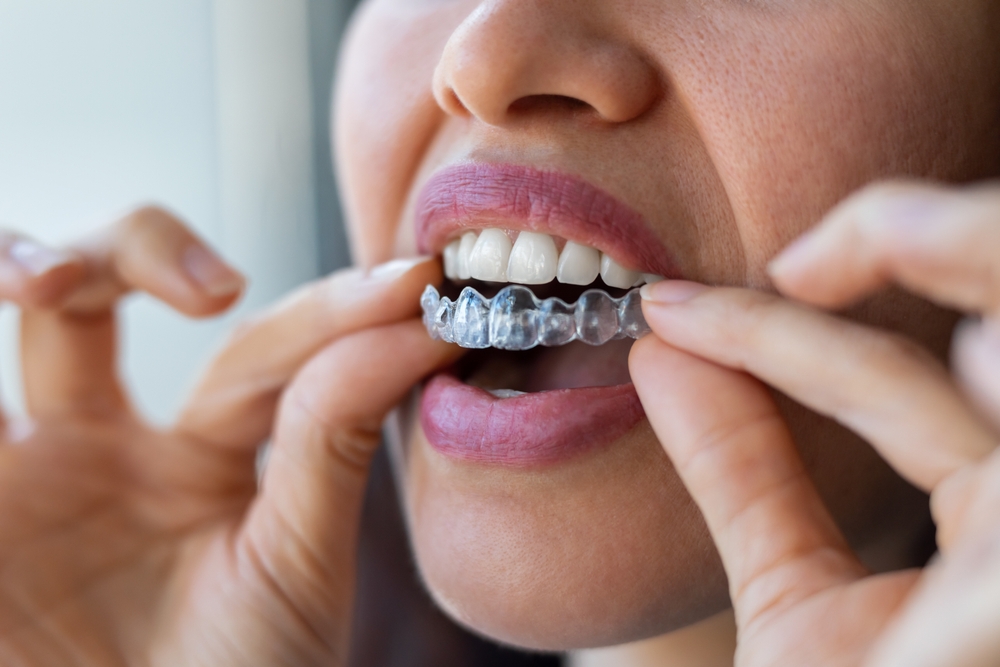Summary
With professional whitening teeth getting all the hype, you might have also considered undergoing the treatment.
Besides, why not?
Teeth whitening appliances have been the go-to option for over 37+ million Americans.
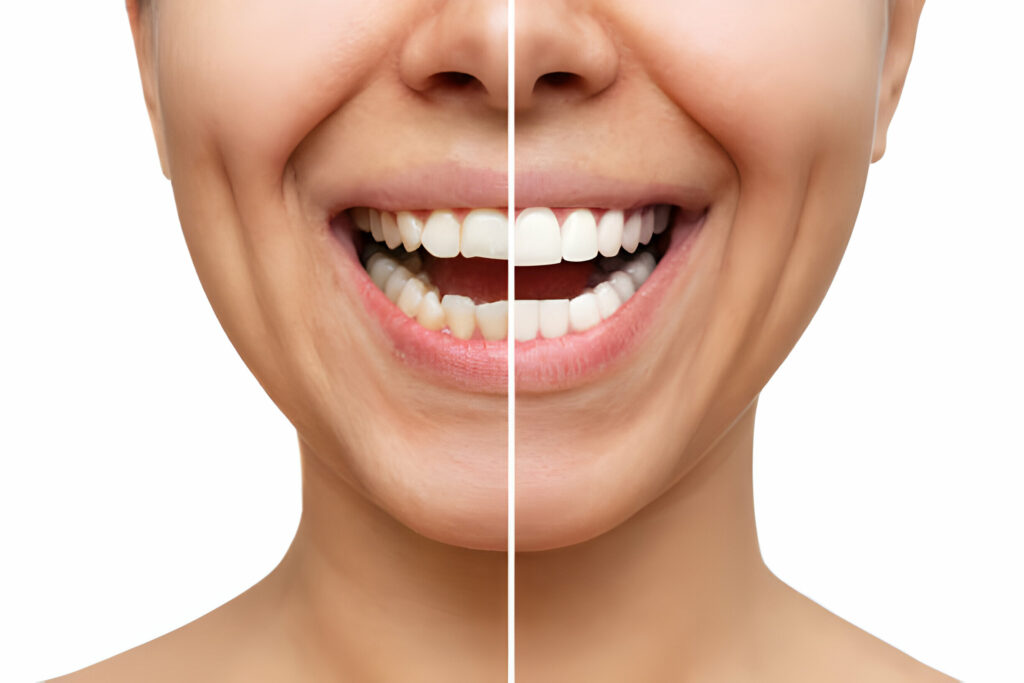
However, much like any other treatment, we generally receive a lot of queries regarding the longevity of professionally whitened teeth. Most individuals have doubts about the effectiveness and reliability of professional whitening.
Considering the frequent queries about the procedure, we’ve curated a blog listing the different aspects of the treatment, namely:
- Teeth Whitening: What is it About?
- Different Whitening Alternatives to Get Pearly Whites
- Professional Teeth Bleaching- A Detailed Guide to the Procedure
- Effectiveness of Professional Whitening Procedures
- Longevity Of Professional Teeth Bleaching Procedure
Continue reading as we learn more about the treatment in the following sections.
Teeth Whitening: What is it About?
Teeth whitening is one of the most popular cosmetic dentistry treatments. It is an effective way of lightening the cavity’s natural color and does not require removing any tooth surfaces. Although it cannot wholly change color, it can significantly change and lighten the existing shade.
The bleaching method can be done to address different types of stains. We can classify stains into two types:
- Intrinsic Stains:
Intrinsic stains are those inside your tooth enamel. Sometimes, they are present even before the teeth erupt from your gums as a kid. These stains can directly impact antibiotic use, high levels of fluoride exposure, and your tooth enamel growing thin with increased age. According to certain research, these stains can even be genetic.
- Extrinsic Stains:
Extrinsic stains are those that occur outside your tooth. This happens due to environmental exposure to things that leave discoloration on your tooth enamel. Smoking, foods, and beverages with artificial food colorings, coffee, and tea can cause this staining.
Different Whitening Alternatives to Get Pearly White

Teeth Whitening Options
Choose a bleaching method that addresses your staining type to whiten your cavity effectively. If you have intrinsic and extrinsic staining, as we discussed before, your dentist in Garland, TX, can advise you on the type of stains on your teeth and which method might work best.
Various cavity bleaching options exist, ranging from toothpaste with cleaning ingredients to professional whitening. Some products aim to remove extrinsic stains from your cavity, while others bleach intrinsic and extrinsic stains to appear lighter in color.
DIY Kits
DIY or home bleaching kits may take the form of a gel or paste that needs to be applied to your cavity using a brush or in the form of sticky strips. Some home kits even cover your teeth with a bleaching agent before placing a mouthguard on your face.
These kits contain a gel with 10 percent carbamide approved by ADA. The active ingredients in kits approved for home use are at a lower concentration than you would find in a dentist’s office.
Whitening Products
Over-the-counter products include bleaching toothpaste and mouthwash. These products usually contain baking soda, a mild abrasive to scrub the stains away. Expert teeth whitening dentists also suggest toothpaste that contains charcoal, which has abrasive properties.
Whitening formulas also contain low concentrations of carbamide and hydrogen peroxide. Bleaching products often contain fluoride to strengthen tooth enamel and prevent future stains.
Professional Teeth Bleaching – A Detailed Guide to the Procedure
Tooth whitening professionals at the dentist’s office use active ingredients of higher concentration that help achieve visible results more quickly. Professional teeth whitening requires multiple sessions to get the desired results.
Different types of in-office whitening treatments include:
- A high concentration of hydrogen peroxide gel was applied to the top of the cavity using a syringe.
- Hydrogen peroxide is combined with high-intensity light, like LED, UV, or halogen. The light is applied using a laser or lamp directly outside your mouth. These increase teeth’ lightness more than hydrogen peroxide alone.
Interestingly, however, that’s not all! Whitening teeth professionally involves various steps, namely:
Step 1: Determining the Shade of Your Cavity
Your dentist will use a tooth shade card to determine the current shade of your teeth and discuss how many shades lighter your smile will become after the bleaching procedure.
Step 2: Removal of Plaque
Once determined, your professional will then remove any plaque that might be present in your cavity by polishing the teeth using a pumice tool. A barrier is then placed along the gum line to ensure that any teeth-bleaching permanent agent doesn’t touch any fleshy parts of your mouth like your gums, cheeks, or tongue.
Step 3: Applying Bleaching Agent
The whitening agent is then applied and left on the cavity for an hour. This is also when your dentist uses light activation if that’s a part of your treatment procedure. In cases where the agent requires additional coats, the dentist reapplies it.
Step 4: Final Results
Once the procedure is finished, your mouth is rinsed, and your dentist might apply fluoride to strengthen the enamel and prevent any potential sensitivity.
Following the process, your dentist will discuss if you are happy with the results and if the teeth have reached the desired shade. He would also brief you about the lifestyle changes you must practice for the next few days to allow the agent to sink in.
Effectiveness of Professional Whitening Procedures
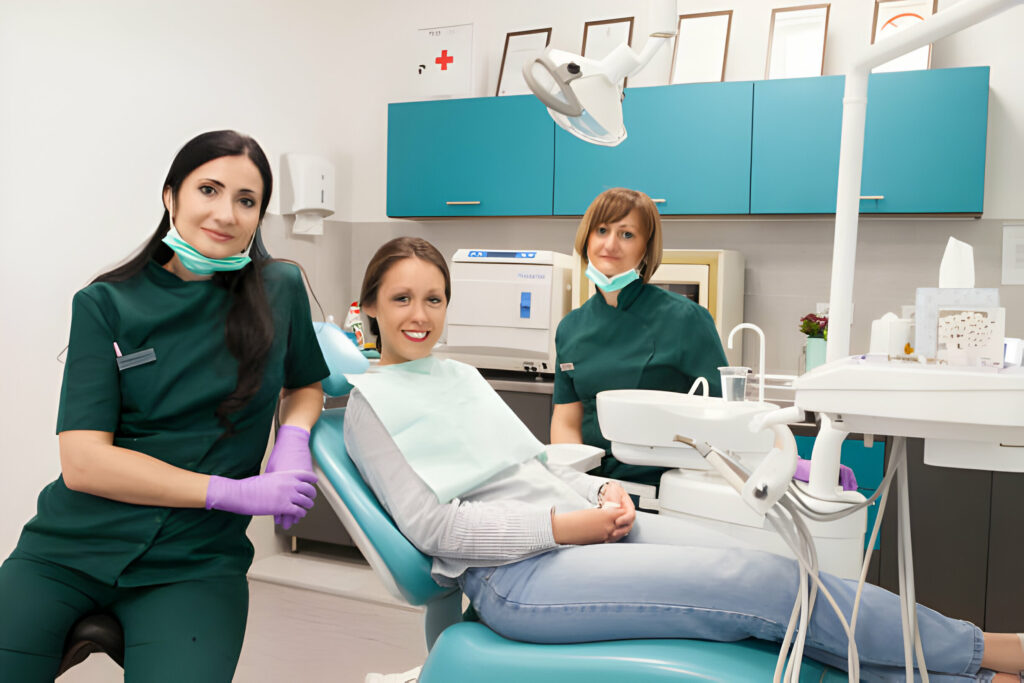
The effectiveness of professional bleaching procedures is greater than that of over-the-counter products. Professional cleaning is effective against surface stains caused by common culprits like coffee, tea, red wine, and smoking.
These extrinsic stains are typically easier to address than intrinsic stains, which reside within the tooth’s structure and may require more intensive treatments. These processes involve using agents of higher concentration.
Some teeth whitening dentists customize the treatment procedure according to your needs and preferences. They can adjust the solution’s strength and the treatment duration based on the individual’s dental condition.
Getting the procedure done by a professional ensures that the process is conducted safely and effectively. The dentist can monitor your response to the treatment and address any concerns or sensitivity issues that may arise.
They also help take necessary measures to minimize sensitivity during and after the whitening procedure. Using desensitizing agents is one way to alleviate any discomfort.
Longevity Of Professional Teeth Bleaching Procedure
The duration of teeth bleaching results varies from person to person and depends on several factors, including individual habits and lifestyle choices. On average, the effects of professional bleaching can last anywhere from several months to a few years.
Here are some factors that can help influence the longevity of results and attain permanent white teeth:
- Maintaining good oral hygiene, including regular brushing, flossing, and dental check-ups, can help preserve the whiteness of your teeth. Plaque and tartar buildup can contribute to discoloration, so proper oral care is essential.
- Consumption of staining foods and beverages such as coffee, tea, red wine, and tobacco can contribute to the re-staining of the cavity. If you continue these habits after bleaching, the results may only last a while.
- The natural color of your teeth, genetics, and the specific method can influence how long the results last. Some naturally have teeth that are more resistant to staining, while others may experience quicker discoloration.
- You can undergo periodic touch-up treatments to maintain or enhance the whiteness of your cavity.
Takeaway
- Teeth bleaching is among the most popular cosmetic dental procedures. It effectively lightens the natural color of the enamel.
- Whitening solutions range from toothpaste containing chemicals to professional bleaching.
- The length of tooth bleaching outcomes varies from person to person and is determined by various factors such as personal habits and lifestyle choices.
- Looking for professional whitening that works? Connect with our professionals at North Texas Family and Cosmetic Dentistry.
